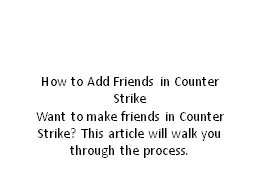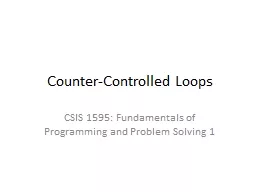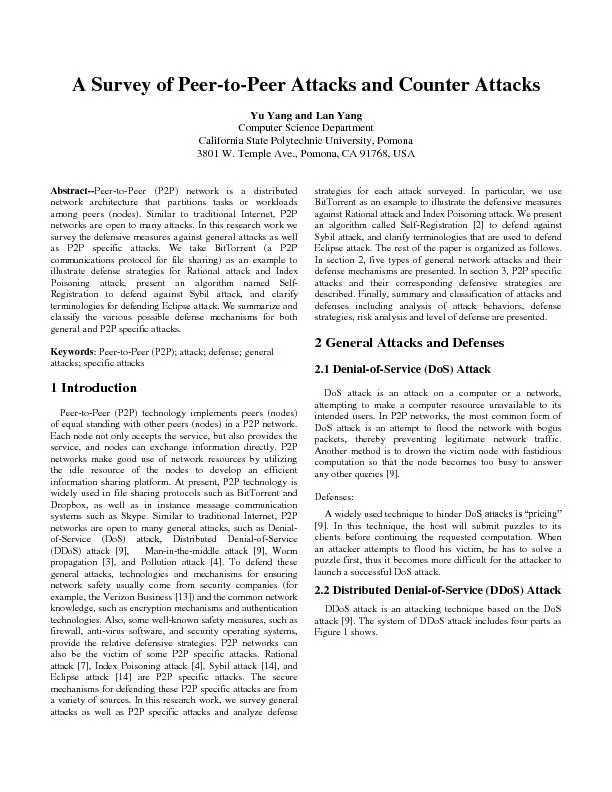PPT-Modeling and Analysis of Attacks and Counter Defense Mechan
Author : faustina-dinatale | Published Date : 2017-03-16
Authors R Mitchell I R Chen Presenter Nikhil Muralidhar 1 Outline Definitions Types of Devices Failures Attackers Countermeasures SPN Model System Initialization
Presentation Embed Code
Download Presentation
Download Presentation The PPT/PDF document "Modeling and Analysis of Attacks and Cou..." is the property of its rightful owner. Permission is granted to download and print the materials on this website for personal, non-commercial use only, and to display it on your personal computer provided you do not modify the materials and that you retain all copyright notices contained in the materials. By downloading content from our website, you accept the terms of this agreement.
Modeling and Analysis of Attacks and Counter Defense Mechan: Transcript
Download Rules Of Document
"Modeling and Analysis of Attacks and Counter Defense Mechan"The content belongs to its owner. You may download and print it for personal use, without modification, and keep all copyright notices. By downloading, you agree to these terms.
Related Documents














